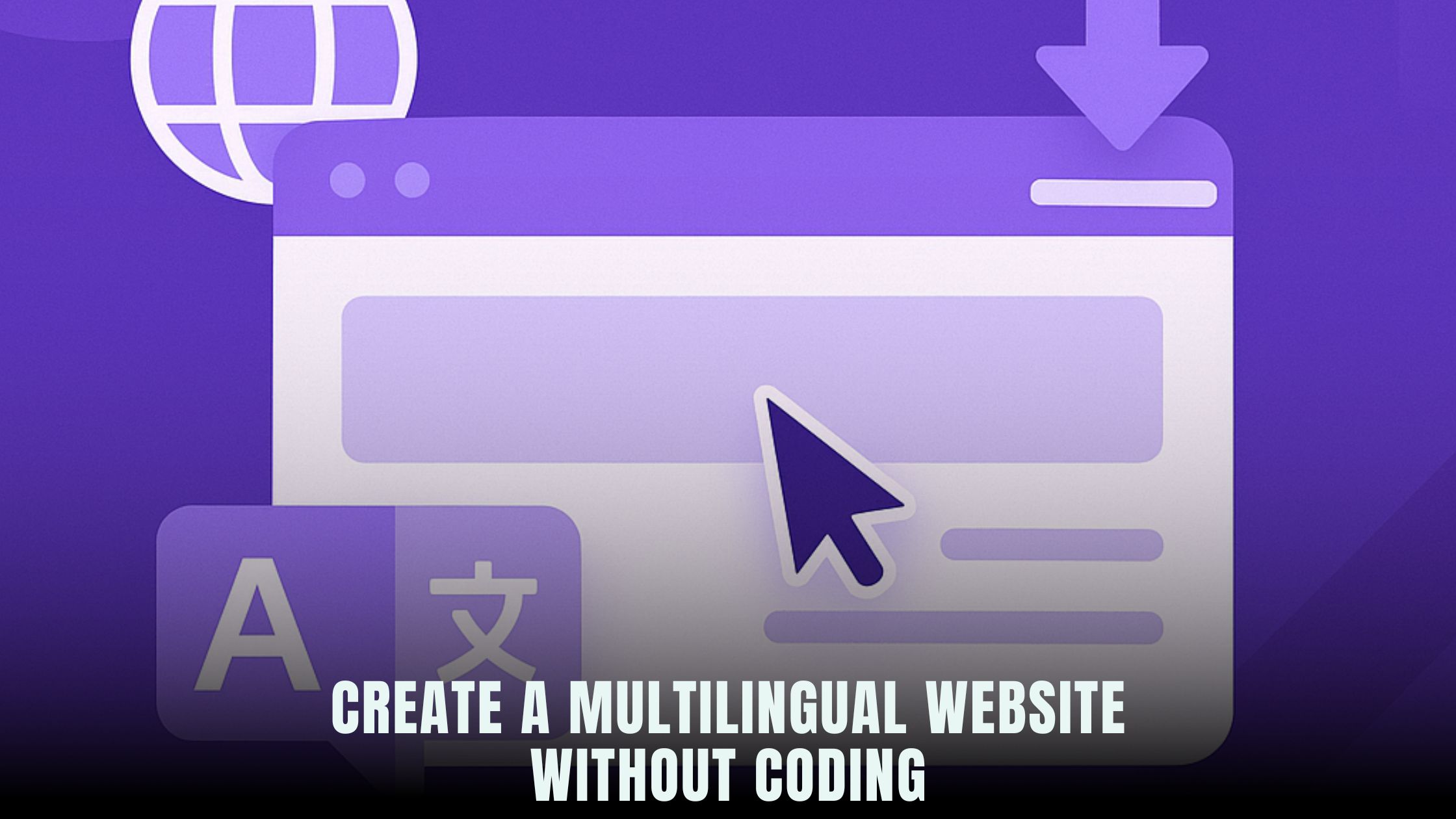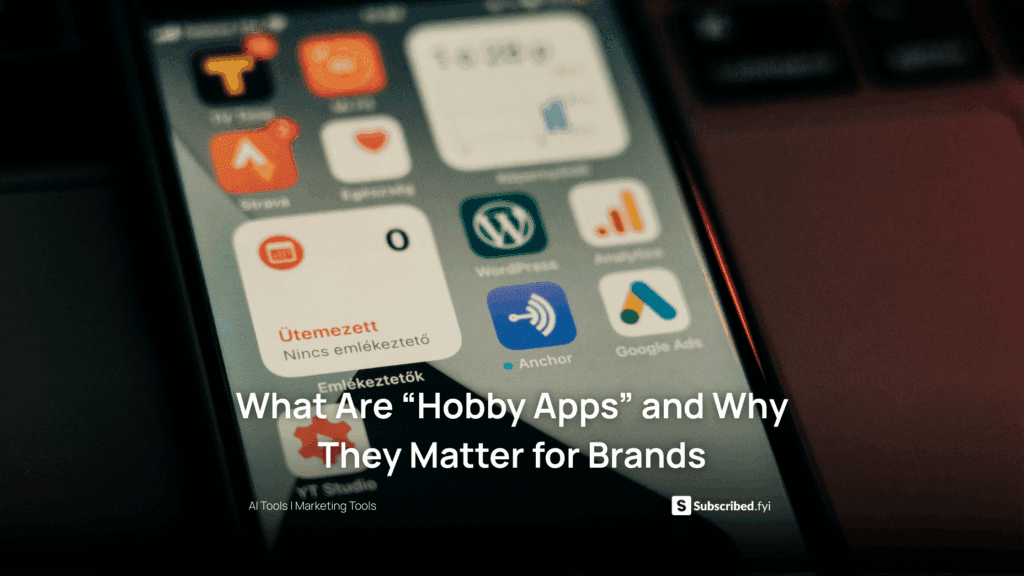How to Create a Multilingual Website Without Coding?
- WebOps Platforms Bug Tracking & Feedback Software Web Development & Design Website Builder


Building a website that speaks to audiences around the world used to mean wrestling with code, hiring translators, and juggling multiple plugins. Today, no-code platforms such as Hostinger Horizons empower you to add support for over 80 languages with simple chat commands. If you’re exploring other AI-driven solutions, the AI-Powered Website Builders List offers a range of tools that automate translations, handle locale formatting, and bundle hosting—all without touching a line of code.
Choosing the right no-code builder is crucial. Platforms listed in the Vibe Coding Directory help you compare features like real-time sandbox testing, image and sketch uploads, and AI-assisted translation workflows. Hostinger Horizons stands out by combining intuitive AI chat prompts, one-click live deployment, and 24/7 expert support, so you can launch a fully localized website in minutes rather than weeks.
Why a Multilingual Website Matters
Reaching global audiences isn’t just about translating words—it’s about providing a localized, culturally relevant experience that resonates with users in their native tongue. A multilingual site can:
-
Expand your market reach and tap into new revenue streams
-
Improve SEO by targeting language-specific keywords and regions
-
Build trust and credibility with non-English-speaking visitors
By understanding these benefits upfront, you set the stage for a focused, strategic approach to multilingual site development.
Reaching Customers in Their Own Language
Studies show that users are more likely to engage and convert when content appears in their native language. Whether you run an e-commerce store, a blog, or a SaaS product, offering multiple language options reduces bounce rates and increases time on page.
Boosting SEO and Organic Traffic
Search engines like Google use hreflang tags and language metadata to serve the right page to the right user. A properly localized site can rank higher in country-specific search results, bringing organic traffic from markets you might otherwise miss.
Planning Your Multilingual Website
Effective localization starts with planning. Before you dive into translation tools, map out your goals, target regions, and content structure.
Identifying Core Languages and Regions
Begin by analyzing your current traffic or customer base. Tools like Google Analytics can show which countries visit your site. Select your top three or five languages to start, focusing on markets with high engagement or growth potential.
Structuring Content for Translation
Organize your site’s pages and content into a clear hierarchy. Separate your primary (source) language copy from translations by using language folders (e.g., /en/, /es/) or subdomains (es.example.com). This structure makes it easier for AI builders and translation services to manage localized content.
Choosing the Right No-Code Platform
The no-code landscape is diverse, with options ranging from drag-and-drop editors to fully AI-driven builders.
Key Features to Look For
When evaluating platforms, prioritize tools that offer:
-
AI-powered translation that supports machine learning corrections
-
Real-time sandbox previews to test localized pages
-
Integrated hosting, domains, and SSL for seamless deployment
-
A built-in content management interface for translators and editors
Hostinger Horizons meets all these criteria, enabling you to instruct the AI—“create Spanish version of homepage”—and instantly preview results in a secure sandbox.
Comparing Top AI-Driven Builders
-
Hostinger Horizons: Offers over 80 languages, AI chat translation prompts, and one-click deployment.
-
Lovable AI: Focuses on copy-driven translation, with sentiment analysis for tone matching.
-
Tempo: Features rapid prototype generation, ideal for testing multiple page variations.
-
V0: Prioritizes minimalist design templates with no-code translation toggles.
Use free trials to test each platform’s translation accuracy, UI for managing languages, and deployment workflow.
Setting Up Language Support
Once you’ve chosen your builder, configure language settings before adding content.
Creating Language Toggles and Selectors
Your site should include a visible language switcher, usually in the header or footer. In Hostinger Horizons, prompt “add language selector dropdown with English, Spanish, French” and the AI injects the dropdown code, styling it to match your theme.
Handling Right-to-Left (RTL) Languages
Support for RTL languages like Arabic or Hebrew requires flipping layouts and adjusting text alignment. Use prompts such as “configure RTL support for Arabic site version” in your AI builder, and preview in the sandbox to ensure elements mirror correctly.
Automating Translation with AI
Manually translating pages can be labor-intensive. AI translations accelerate the process but require oversight.
Machine Translation vs. Human Review
Machine translations offer speed but can misinterpret context. Combine AI-generated drafts with human reviews for accuracy. In your platform’s CMS, invite translators to refine copy directly, using AI suggestions as a starting point.
Integrating AI Translation Engines
Hostinger Horizons integrates translation engines seamlessly. Ask “translate blog post to German using AI,” and the platform creates a new German version, complete with localized metadata. You can then refine key phrases to maintain brand voice.
Managing Multilingual Content Workflows
Maintaining multiple languages requires clear processes and roles.
Role-Based Access for Editors
Assign roles—translator, editor, admin—so team members only see the permissions they need. Translators update localized copy, while admins manage site structure and AI settings.
Version Control and Updates
Enable automatic snapshots of localized pages. When you update source content—say, a pricing change—prompt “sync content changes to all languages,” and the AI not only copies new text but flags sections requiring review to prevent stale translations.
Testing and Quality Assurance
Before publishing, rigorous testing ensures your multilingual site works flawlessly.
Functional Testing in the Sandbox
Use real‑time sandbox environments to navigate each language version, test forms, and verify UI elements. Commands like “preview Spanish homepage on mobile” let you catch layout issues specific to longer text strings or RTL handling.
Accessibility and Cultural Sensitivity
Check for accessibility compliance (WCAG 2.1 AA) across all languages. Ensure translated content maintains appropriate reading levels and cultural context. AI tools can perform basic accessibility audits, but human reviews are essential for cultural nuance.
Optimizing Performance and SEO
A multilingual site can strain performance if not optimized properly.
Implementing Hreflang Tags and Sitemaps
Hreflang tags signal search engines about regional page variations. AI builders can generate these tags automatically—prompt “add hreflang tags for English, Spanish, French” to update your HTML head. Also, rebuild your multilingual sitemap to include all language URLs for indexing.
Leveraging CDN and Caching
Hostinger Horizons’ built‑in CDN serves content from edge locations worldwide, reducing load times for global audiences. Enable asset minification and cache settings—“optimize images and enable edge caching”—to ensure fast delivery of localized pages.
Launching and Maintaining Your Multilingual Site
Once testing and optimization are complete, it’s time to publish and plan for ongoing updates.
One-Click Deployment to Production
Deploy changes with a single command—“publish multilingual site live”—and let the platform handle DNS updates, SSL issuance for each language subdomain, and CDN invalidation. Hostinger Horizons automates this end‑to‑end, minimizing manual errors.
Updating Content and Translations Over Time
Schedule regular content reviews—“remind me monthly to update blog translations”—to keep localized pages fresh. Use AI prompts to identify outdated sections: “scan site for translations older than six months” to maintain accuracy and relevance.
Performance Monitoring and Analytics
Tracking user behavior across languages reveals insights for further improvements.
Multilingual Analytics Setup
Integrate analytics tools—“connect Google Analytics with multilingual tracking”—to segment traffic by language. Analyze metrics such as bounce rate and session duration to identify underperforming translations or pages.
A/B Testing Across Languages
Use A/B testing to compare different translations or layouts. Prompt “run A/B test on Spanish homepage hero text” and deploy two variants in the sandbox, collecting user engagement data to choose the best performer.
Why Hostinger Horizons Excels for Multilingual Sites
Hostinger Horizons streamlines every step of building a multilingual website:
-
80+ Language Support: AI can translate and format pages across diverse languages instantly.
-
AI Chat Prompts: Natural-language commands guide you through adding and refining translations.
-
Real-Time Sandbox: Preview localized pages in a secure environment without deploying to production.
-
Bundled Services: Hosting, domains, SSL, and email are included, so you don’t juggle multiple vendors.
-
One-Click Live Deploy: Publish all language versions simultaneously with DNS and SSL configured automatically.
-
24/7 Expert Support: Get help from specialists who understand both localization and no-code workflows.
By combining intuitive AI-driven translation, seamless deployment, and robust infrastructure, Horizons removes barriers to global expansion, letting solopreneurs and small teams launch and maintain multilingual sites with ease.
Empowering Global Reach Through No-Code Localization
Building a multilingual website without coding is no longer a distant dream. By planning strategically, choosing powerful no-code platforms, leveraging AI for translation, and employing real-time testing, you can launch a fully localized site in minutes. Hostinger Horizons stands out by integrating core services, intuitive AI chat prompts, and sandbox previews into a unified experience. Embrace these tools and workflows to connect with audiences worldwide, boost SEO, and drive growth—no coding required.





